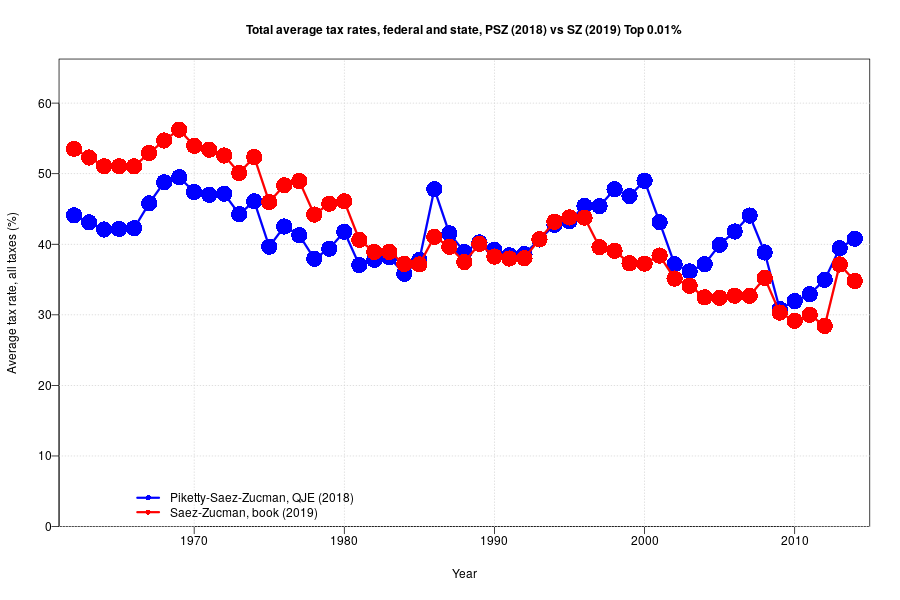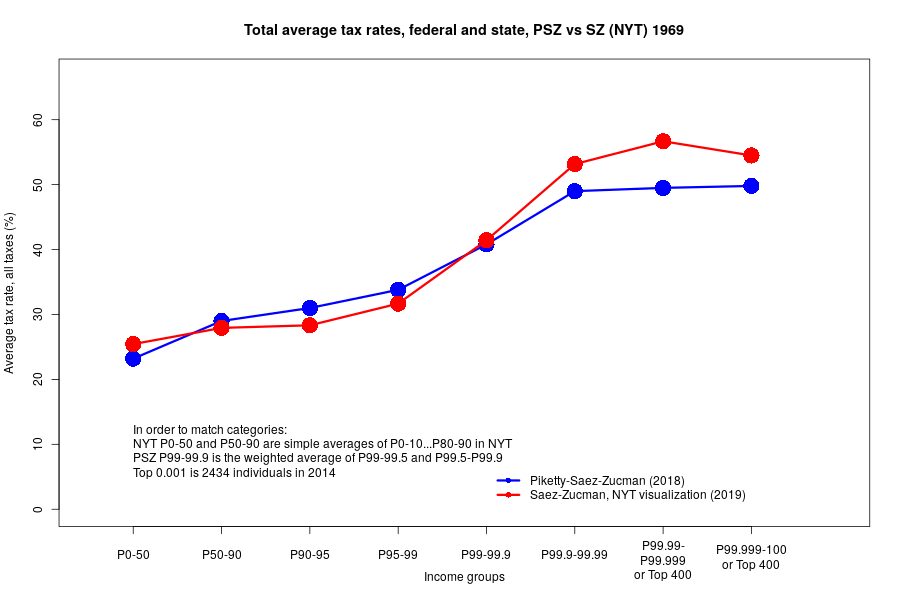
Not a proof but suggestive evidence that FDA managed to screw up one more time
https://twitter.com/FT__Dan/status/1387531815464751108
It could be coincidence - around the same time everyone was becoming eligible so the run up and the decline could be related to that. Maybe supply, but J&J was fairly small anyway.
But, the whole PR around it made zero sense.
But, the whole PR around it made zero sense.
#EconTwitter was up in arms when the suspension happened. Do we know epidemiology and medicine? No. But, the extent of risk was public knowledge and the whole thing made no freaking sense. Even if you were extremely risk averse, you should've warned young women and that's it
I'm an outsider, but it sure looks like the model around drug and vaccine approvals and recommendations is broken. It is institutionalized risk aversion that's natural of bureaucracies but also seems to be pervasive in much of the related academic fields
It is the approach that magnifies even minute risk of acting and largely ignores consequences of not acting. It is "scientific" in prioritizing RCTs and completely unscientific in its resistance to incorporate outside knowledge through Bayesian (or alike) reasoning
• • •
Missing some Tweet in this thread? You can try to
force a refresh









